In the Update Upgrade 2019 conference, Yan (Yanko) Kotiliarsky, a marketing director in accessible, owner of the website yanyanko.com blog, and manager of a group of advertising professionals on Facebook lectured about marketing strategies in the digital era.
What Makes a Brand Succeed?
I became interested in the way the brands we know today started and reached where they are today. I asked myself two questions:
- How do brands grow?
- What makes a brand work and what makes it fail?
I began tracing the history of the worlds of marketing and advertising. The farthest I got was 1927 to a guy named Claude Hopkins, the author of Scientific Advertising. The quote that caught my attention in the book was “people have no time for you” (and this was in 1927).
The SIM card started going, and I figured out that people do not change. It appears as if we do – but we do not. So I started reading and understanding how brands go based on this understanding that people have no time for advertisers and brands, it was true a hundred years ago, and it is still true today.
In the following article, I will explain what a strategy for your business is and how to implement it.
The Objective: How to Build a Marketing Plan in the Digital Era?
Campaign Example: promotion of subscription for a country club.
- Budget: 25,000 NIS
- Exposure: 60,000 views
- CPM (cost for 1000 exposures): 415 NIS
- Lead quantity: 800 leads
- Lead percentage: 1.33%
- Cost per lead: 31.25 NIS
- Closures: 120
- Cost per closure: 6.66 NIS
- Closure equity: 10,000 NIS
- Total closure equity: 1,200,000 NIS
- Return of Investment: 48 times
During the lecture I asked the audience which advertising channel did we use to reach the above mentioned results. The answers were diverse: Facebook, Google, Instagram, and many other great platforms. No one could guess the right advertising channel.
The advertising channel we used was fliers – not everything is digital.
Marketing Plan
A marketing plan has to base itself on three stages: situation analysis, strategy and tactics / performance.
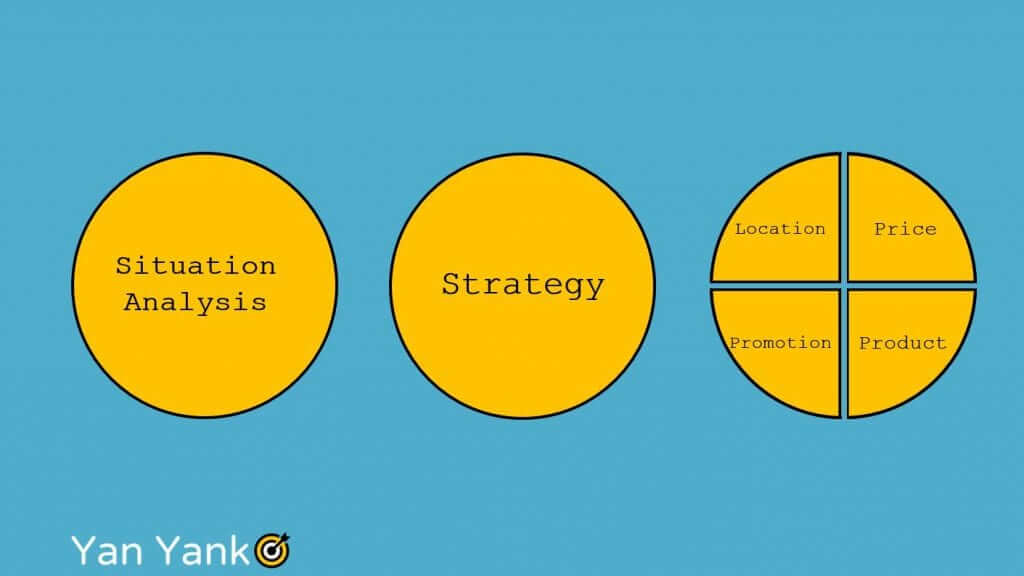
Most businesses deal with tactics / execution (fliers, billboards, digital, print, paid prizes, radio, direct mail, TV, content and more..),
Even before performing situation analysis and strategy, which is incorrect.
Offline Marketing and Digital Marketing
Today, there is a tendency to differentiate between offline and digital marketing. In my opinion there is no difference, as we shall soon live to see the day when you can launch a roadside campaign using a platform like Facebook Ads. But the two marketing methods are different from each other, and one should know how to approach the audience using any marketing method. One should use both offline and online marketing.
Offline Marketing
The advantages of offline marketing are that they enter our subconscious and have a wide distribution.
Its disadvantages are the expensive entrance threshold, the inability to measure the outcomes, its small segmentation ability and the lack of any interaction with the audience.
Digital Marketing
There are many advantages to digital marketing: it is possible to reach exactly the audience we want to reach, there is a cheap entrance threshold, the ability to return to the client in stages, easy measurement.
Its disadvantages are the multitude of channels, the difficulty to measure ratio, the multitude of updates and the difficulty to stand out.
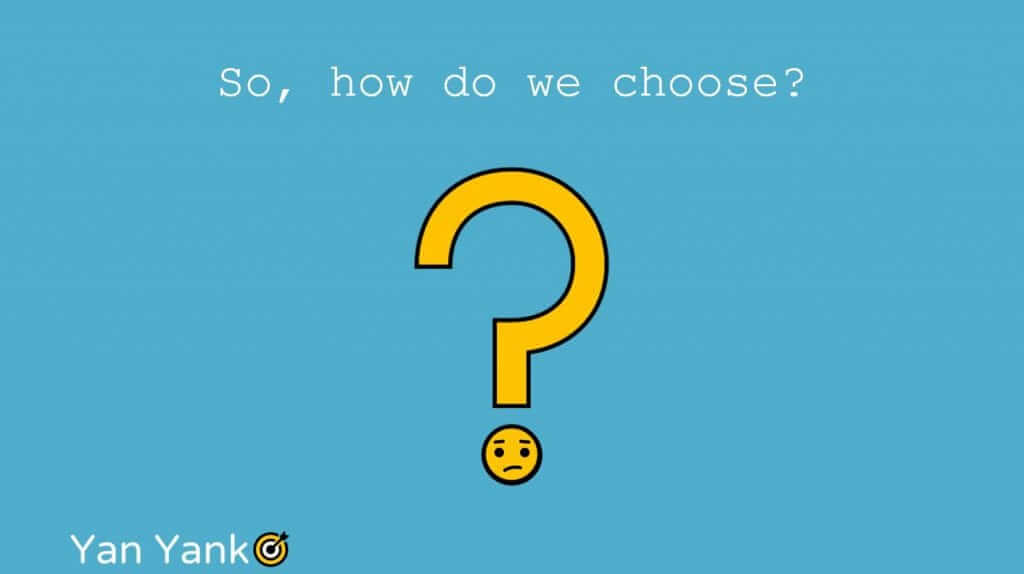
Case Study - Pizza Zuki
The client: Pizza Zuki
Mark Zuki decided he wants to open a pizza place. He found a location, renovated it, invested, hired employees, equipment, materials, and in a few months he is good to go.
Zuki comes to me and asks: “Yan, what do you say, Instagram? Tik Tok? Bringing influencers to dine with me?
I heard Facebook is really cheap! We can make a viral movie? How about we make a cat eat pizza? How about voice search? What about VR? AI? ROI?
First Thing’s First…
Before we begin to market and appear in all the existing platforms, we have to act in three stages:
- Situation analysis – where we are now?
- Strategy building – where do we want to go?
- Tactics – how are we going to get there?
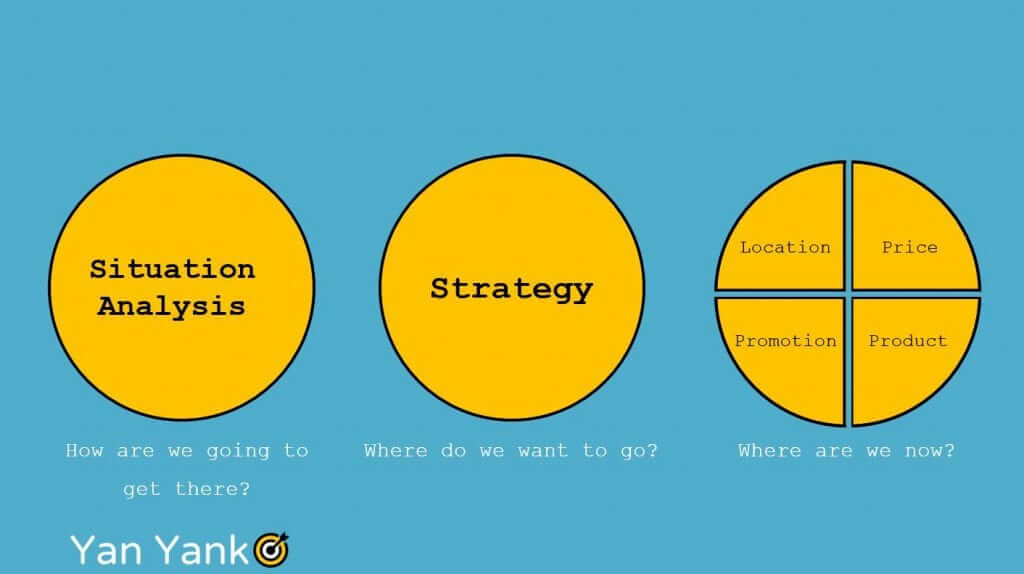
Rule No. 1 for Marketing People:
Come to a situation thinking “I do not know anything”
If we begin the work of situation analysis and understanding the market with our prejudice, we are beginning the work wrong, we twist the reality of our client in the way we see it. The client also has to admit he knows nothing about his audience, because he is living it day in and day out.
We, the marketing people must enter as clearly as possible, and without prejudice. Prejudice ruins most of our work and usually turns out to be wrong. At the situation analysis stage we want to figure out where we are now:
Who am I, who is my competition, who are my clients and to which market segment am I applying.
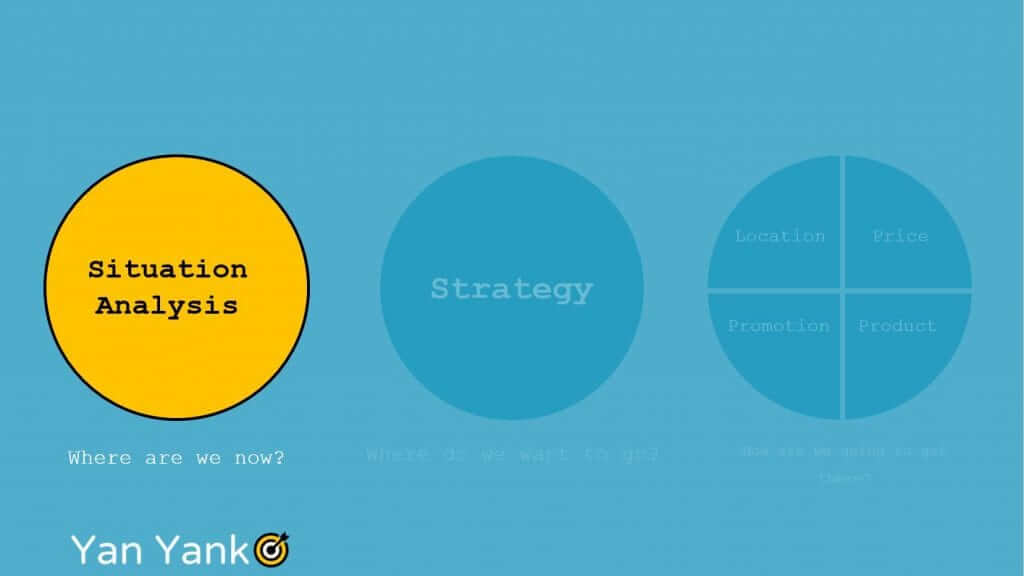
Market, Competition and Clients
To understand the market, we have to learn who are clients are: where do they order from? What are they satisfied of? What are they less satisfied of? How do they search? What will make them try something new?
In addition, we have to examine our competition: the delivery speed, taste, service, prices, exchange for price, delivery distance, etc. These are the questions you should ask their potential clients, rather than “assume” what their answers will be. We have to understand what are clients’ needs are and what can we answer, what is your unique sales point where we can get people to notice us – this is our Sweet Spot.
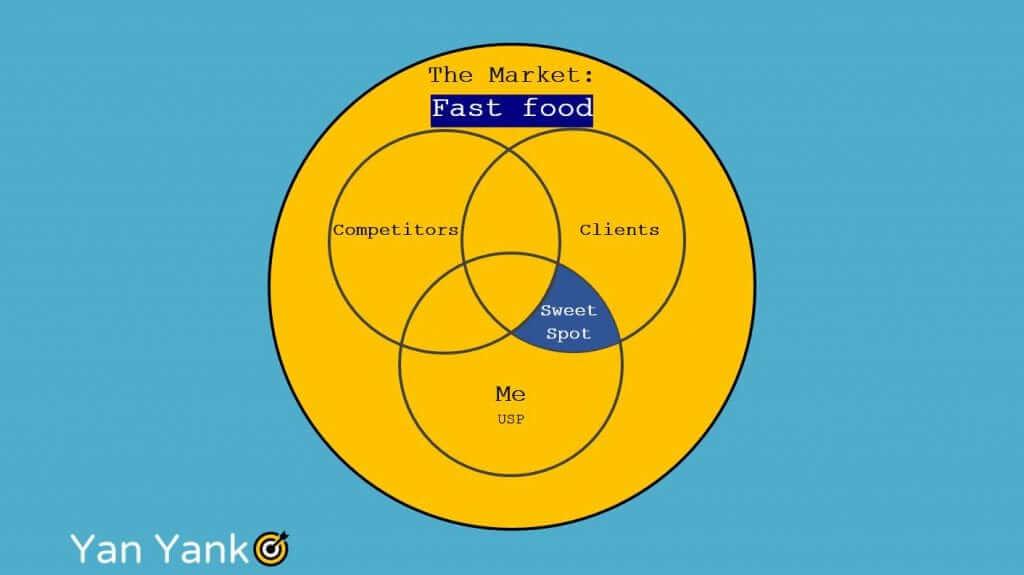
Strategy – What are Our Objectives?
Most businesses today focus on the approach of “we want sales”, it is true and obvious for anyone, but – with a new business, the problem is that people do not know it.
Its first objective must be “get people to know me”. An objective should be highly defined and specific, and not a vision or ambitions. It should be measurable. It should be achievable, real, challenging – but real. And it has to be limited in time.
And then we can ask ourselves the following questions: who do we want to achieve from? What do we want to achieve? And in how much time we want to achieve it? It has to be measurable and limited in time.
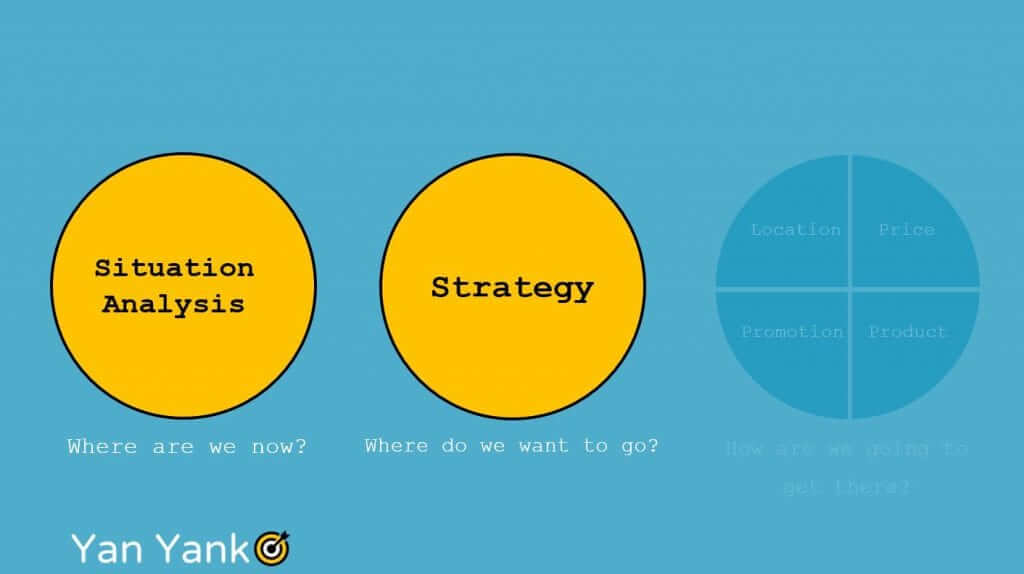
Who is Our Client?
The only way to figure out who the client is, is to ask him.
Anyone can be your potential client, when you receive the answers after the study – you will be shocked.
You will realize how much do your beliefs apply on no one.
Using the studies we performed, you can find the sweet spot, which is the place where I reach out for my client, with something relevant, I know he wants, this is a place I know that my competition is missing from.
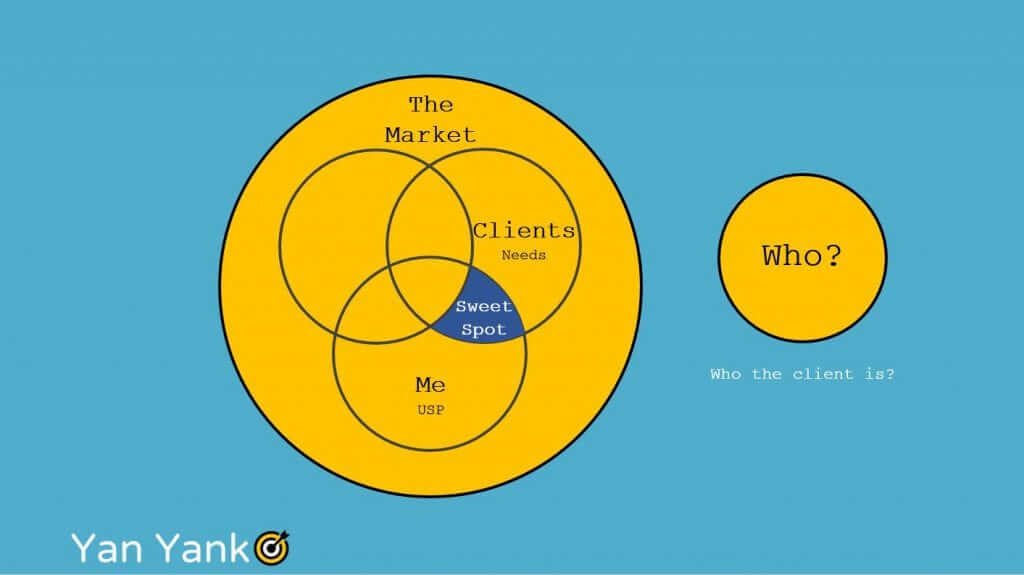
What Do We Want to Achieve?
We have to choose the right objectives for our business. A new and unfamiliar business, its first objective is that people know about it. Then he can want them to purchase from it.
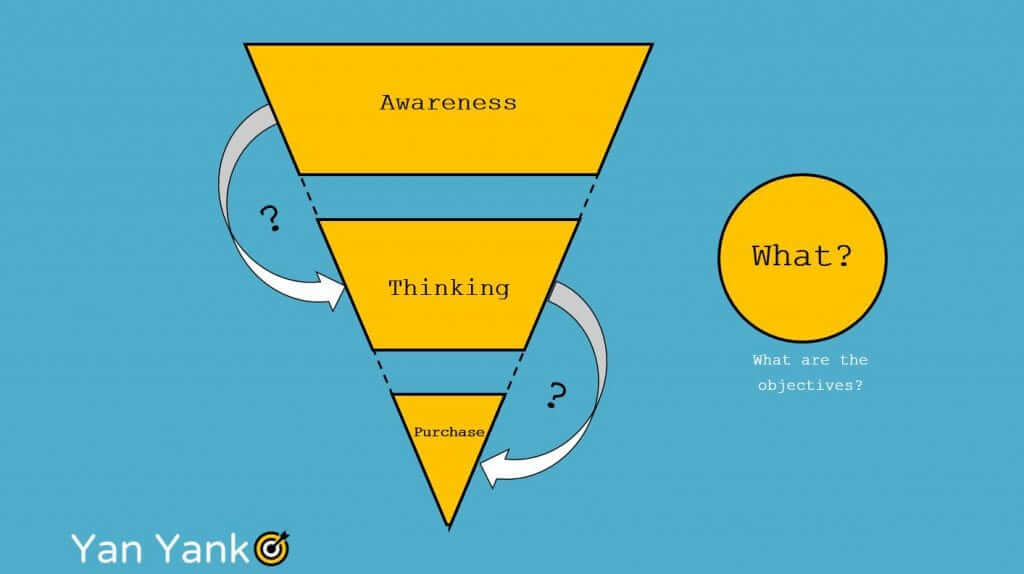
We have to choose objectives for next year according to the definition of an objective, which was mentioned above.
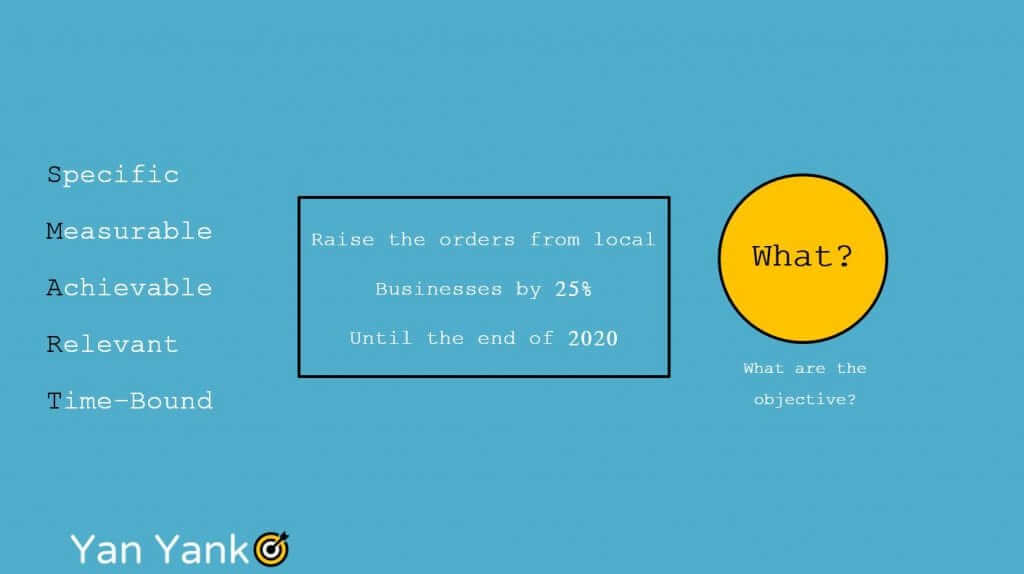
How Do We Convince Our Client?
The funnel presented above describes the way humans are managed.
First one should get our attention, and then explain to us what should be done, and then provide us with a reason why we should do so.
The problem and objective of most ads is to grab our attention. For instance, we do not remember most of the advertisements we see everyday, the ones we do remember, we do not remember the brand name.
And therefore, the first objective of the advertisement is to grab the user’s attention, and only later we can explain what we want from him and why he should do it.
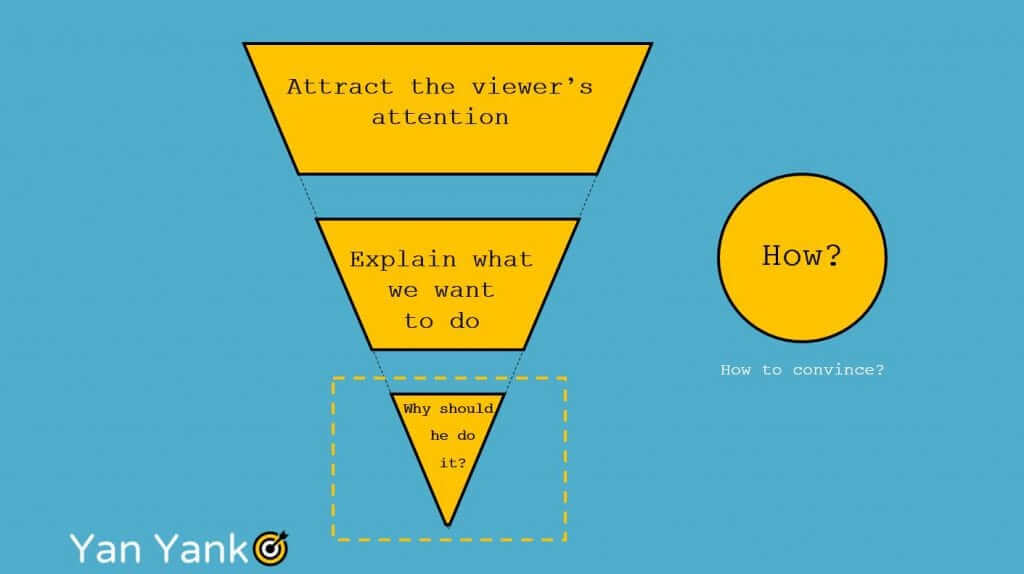
Promotion and Marketing
After we analyzed the situation and came up with a strategy, how do we promote the brand?
There are many diverse channels to promote the business: e-mail, roadsigns, radio, direct mailings, website, etc… The more channels you choose the more incomes you get. It is recommended to choose at least two different channels. Let’s choose and get going.
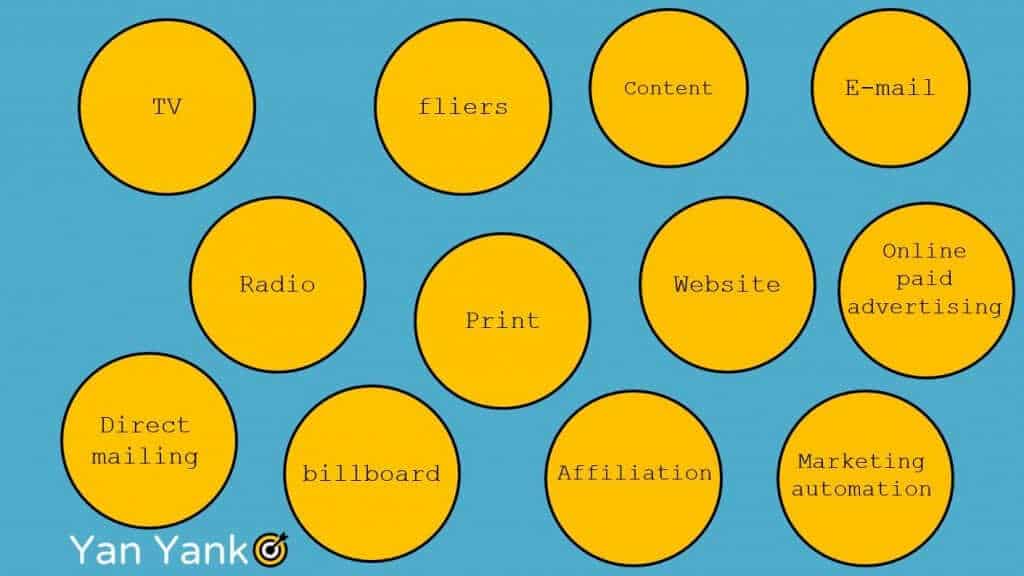
So how are we supposed to choose from all these options?
A study performed by Analytic Partners between 2010 and 2015 examined 3,200 different campaigns, to reach the following results:

This graph shows that the more advertising channels you use, the more income you get.
Our recommendation is to come up with as many advertising tools as possible, according to your economic ability and the character of the product.
Summary
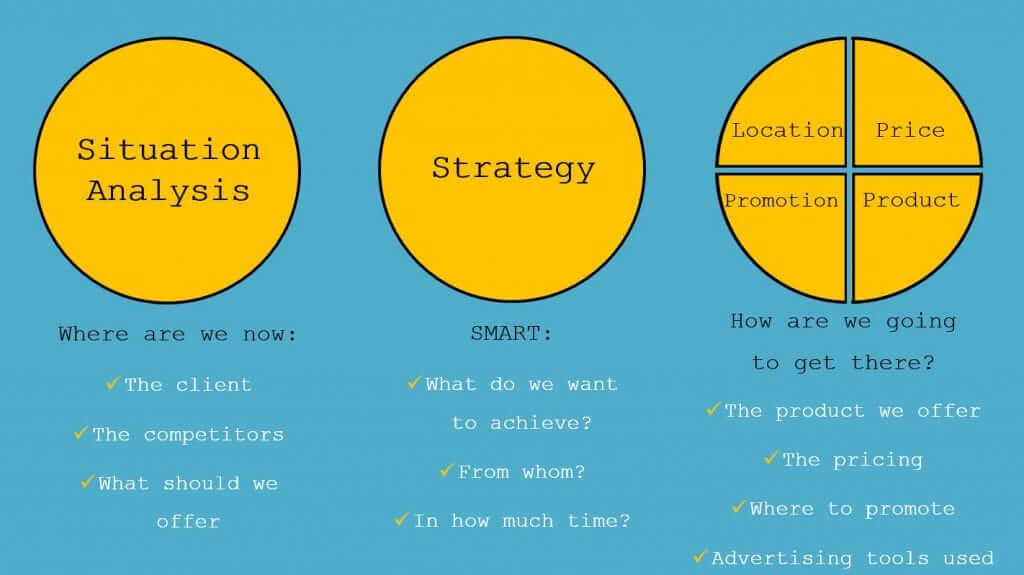
Situation analysis – strategy – tactics. This is how businesses grow.
Most businesses fall because they “skip” the first 2 stages.
Throw plenty of money on advertising is not the problem, the problem is to build something to last for another 20 years
About Me
Yan (Yanko) Kotiliarsky, Director of Marketing in accessible, happily married to Ravit, co-manager, together with Or Fialkov the group of digital advertising professionals (the largest group in Israel, in this issue), loves exploring the marketing world and understanding what makes people make decisions.




